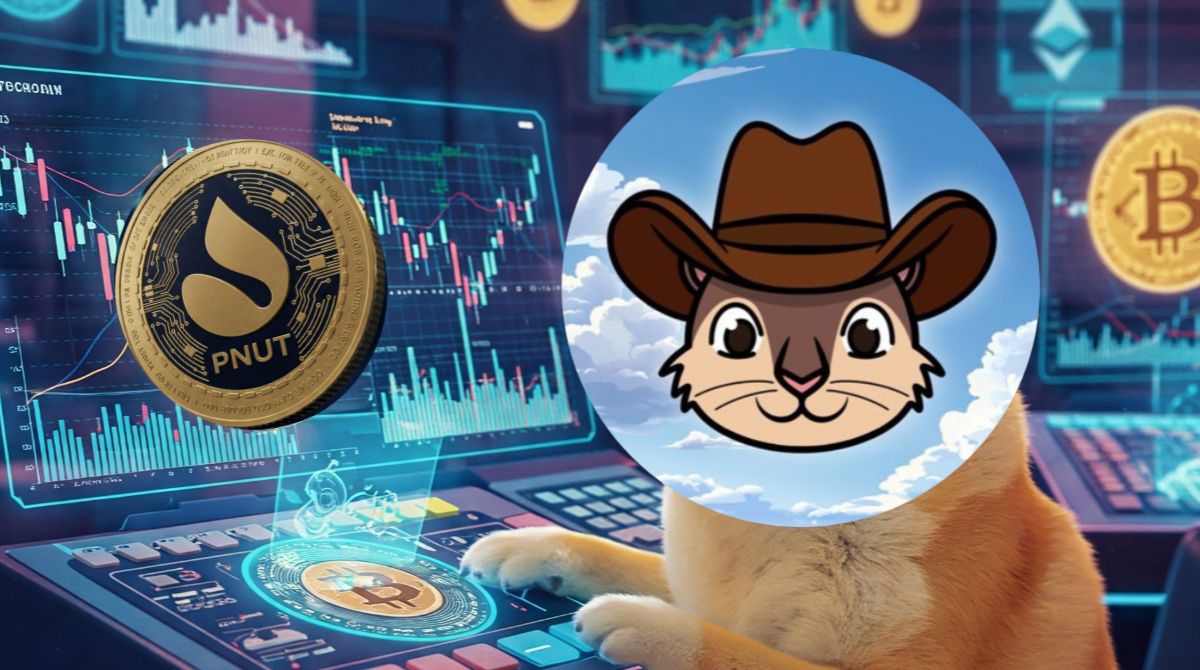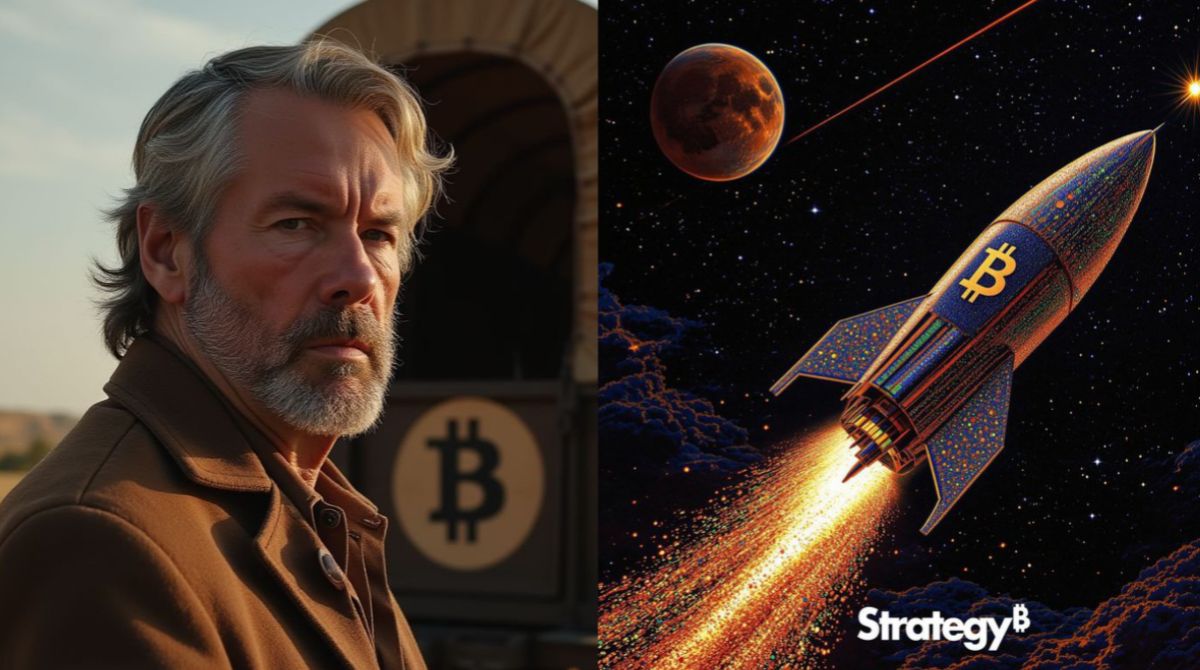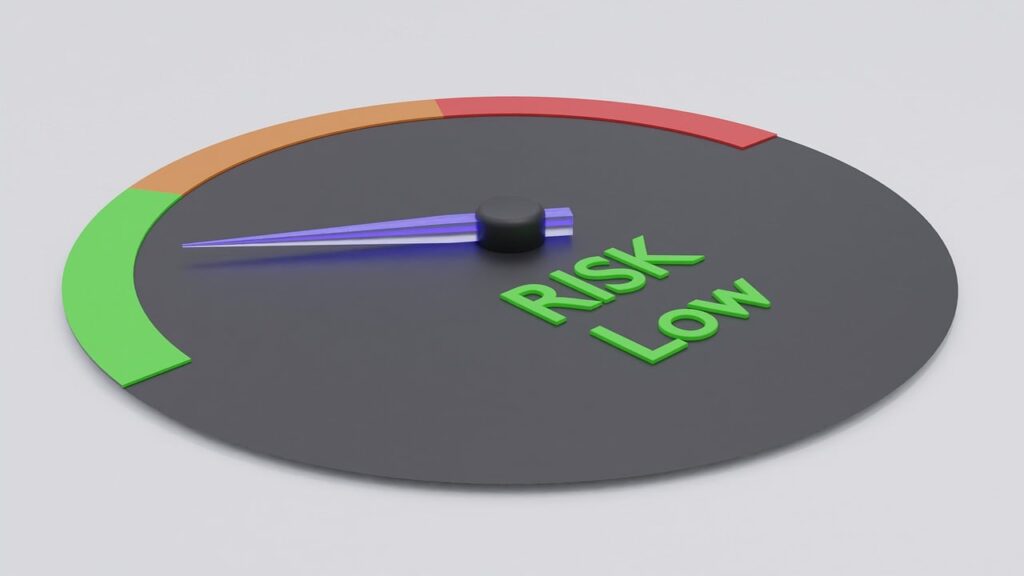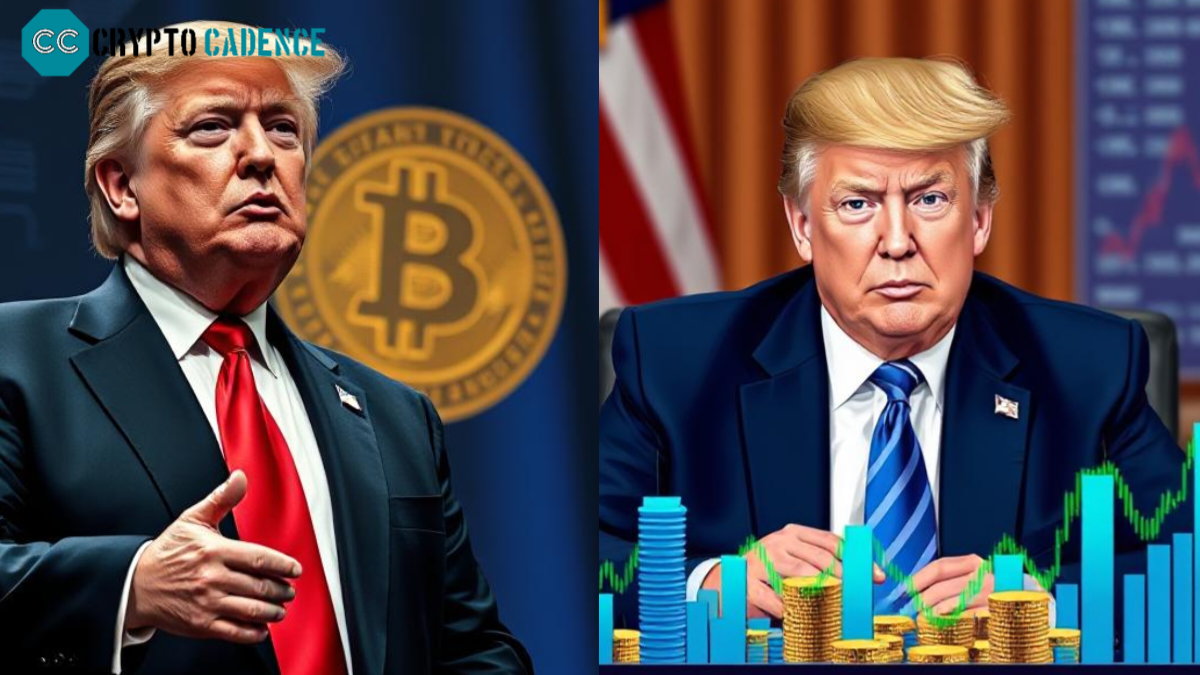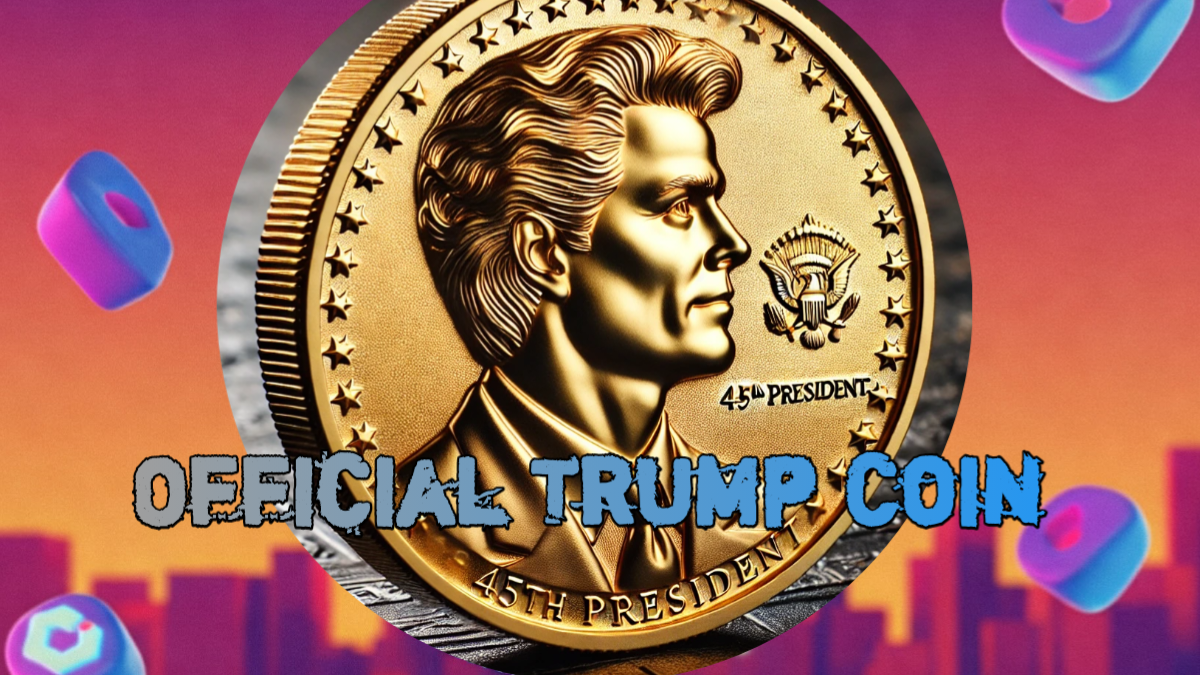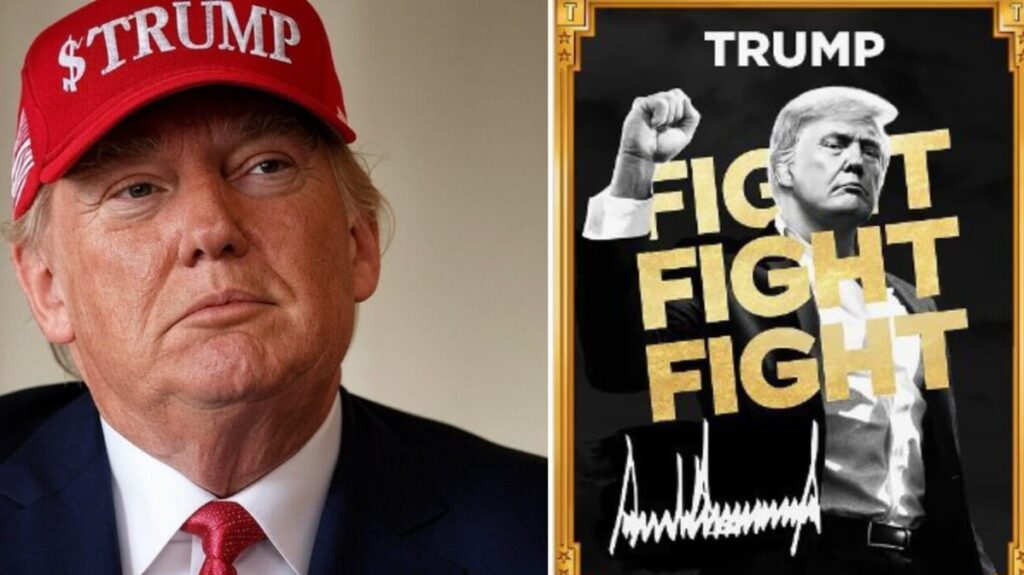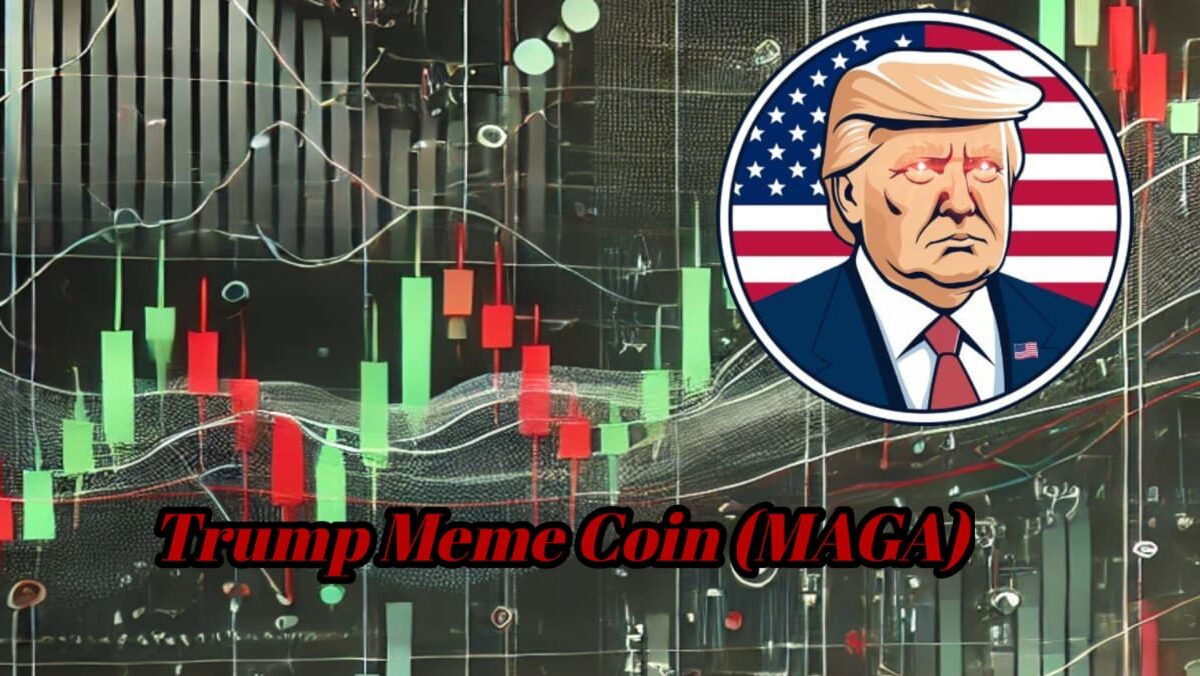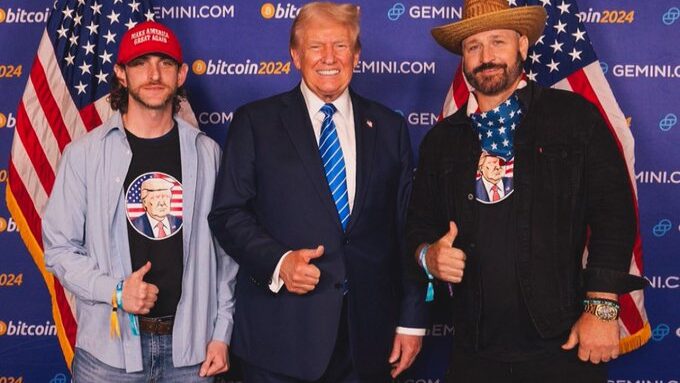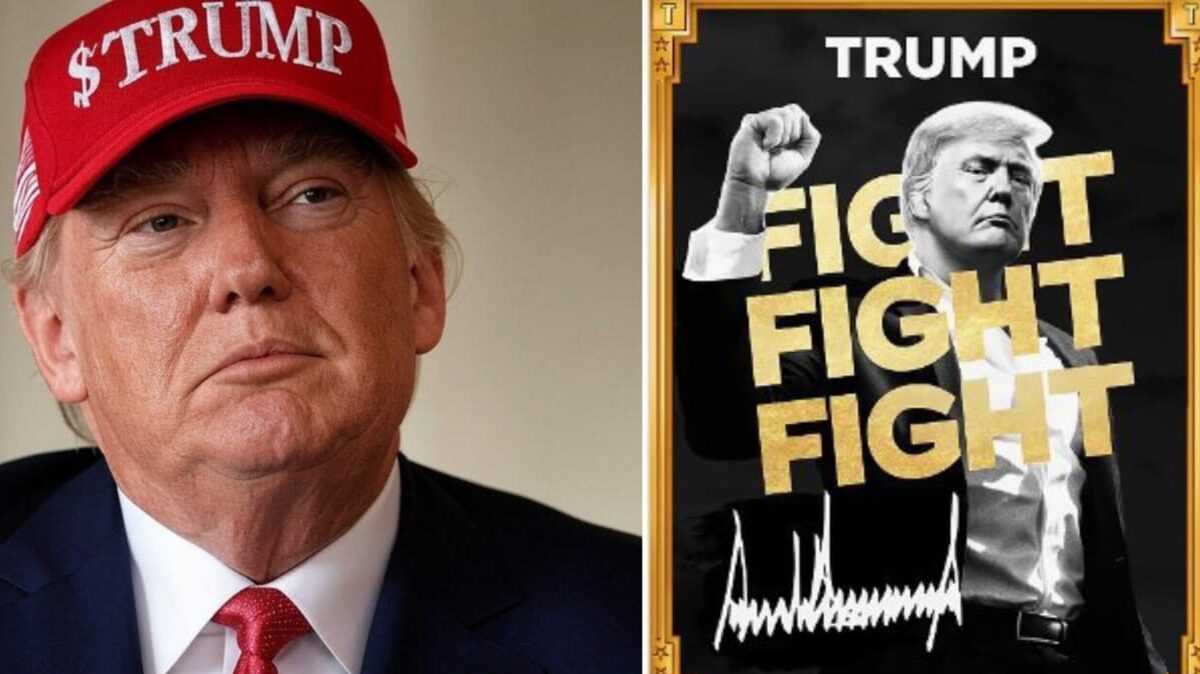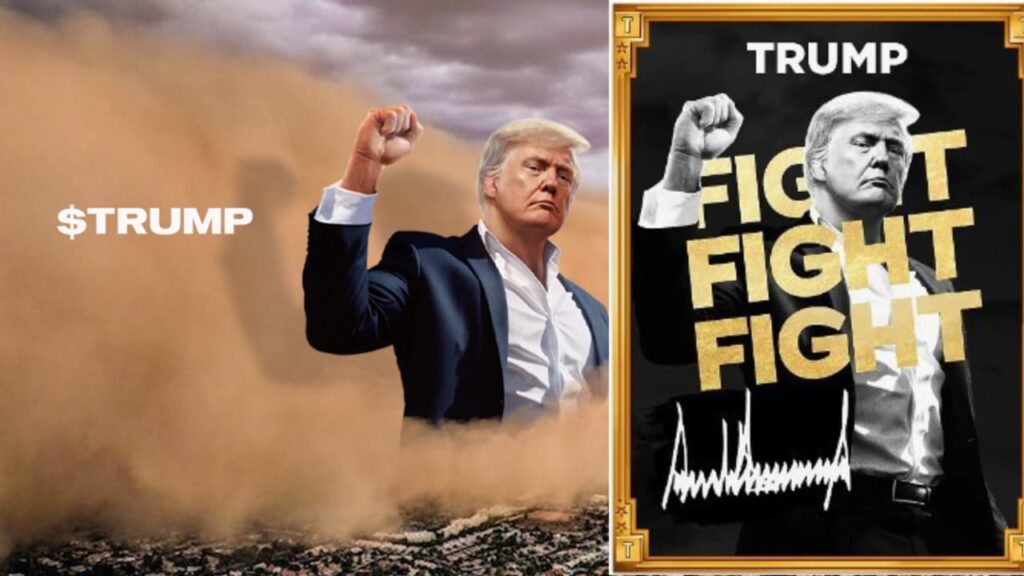Punt Coin and Peanut (PNUT) are cryptocurrencies native to Peanut.trade, a decentralized options trading platform built on the Solana blockchain. Launched in 2023, PNUT serves as the governance and utility token for the platform, allowing users to receive fee discounts, staking rewards, and participate in decision-making processes. This overview explores PNUT’s historical performance, key price drivers, and future price predictions for 2025, while addressing the risks inherent in the volatile crypto market.
Background on Peanut.trade and PNUT
Peanut.trade distinguishes itself as a decentralized exchange (DEX) specializing in options trading, leveraging the high-speed, low-cost Solana blockchain. Options contracts allow users to hedge risks or speculate on asset prices, a niche within decentralized finance (DeFi). PNUT’s utilities include:
Punt Coin aims to provide users with enhanced trading options and increased liquidity within the crypto ecosystem, complementing the offerings of Peanut (PNUT).
- Governance: Voting on platform upgrades.
- Fee rebates: Lower trading fees for PNUT holders.
- Staking: Earn passive income by locking up PNUT.
- Liquidity incentives: Rewards for liquidity providers.
The project targets DeFi traders looking for advanced derivatives tools, positioning PNUT as the center of its ecosystem.
Historical performance (2023–2024)
PNUT launched in mid-2023, initially trading at around $0.10–$0.15. Like most new tokens, it fluctuated:
- 2023: Prices fluctuated between $0.08 and $0.20, influenced by platform adoption and broader crypto trends.
- 2024: By mid-2024, PNUT stabilized at around $0.18–$0.25, driven by Peanut.trade’s growing user base and integrations with Solana-based projects. However, macroeconomic factors (e.g., interest rates, Bitcoin ETFs) and regulatory uncertainty caused intermittent declines.
Despite its short history, PNUT’s performance reflects typical DeFi token behavior: initial volatility followed by a gradual stabilization as the platform matures.
Factors Affecting PNUT’s Future Price
1. Platform adoption
- User growth: An increase in the number of options traders on Peanut.trade directly drives demand for PNUT for fee payments and staking.
- Product expansion: New features (e.g., exotic options, yield strategies) may attract institutional users.
2. DeFi market trends
- The global DeFi market, which is projected to grow at a 42.5% CAGR by 2030**, could boost PNUT if Peanut.trade gains even a small share.
3. Tokenomics
- Supply dynamics: PNUT’s fixed supply (1 billion tokens) and periodic burns (e.g., via fee revenue) may induce scarcity.
- Staking rewards: Higher staking yields may reduce the circulating supply, thereby supporting prices.
4. Competition
- Rivals such as Dopex (on Arbitrum) and Lyra (on Optimism) challenge Peanut.Trade’s market share. Unique offerings (e.g., Solana integration) could offset this.
5. Regulatory Environment
- Tighter regulations on derivatives trading (e.g., MiCA in the EU) could impact demand, while clarity could legitimize DeFi options.
6. Crypto Market Sentiment
- PNUT’s price will be correlated to trends in Bitcoin and Ethereum. A 2025 bull run, driven by ETF inflows or institutional adoption, could push altcoins such as PNUT higher.
PNUT Price Forecast for 2025
Forecasting crypto prices is speculation, but scenarios can be modeled based on adoption and market conditions:
1. Bullish Scenario ($0.75–$1.20)
- Assumptions:
- Peanut.trade captures 5–10% of the DeFi options market.
- Solana gains traction as a top-10 blockchain.
- Key partnerships (e.g., institutional market makers) enhance liquidity.
- Catalyst:
- Bitcoin surpasses $100K, leading to altcoin rally.
- PNUT burn reduces supply by 10–15%.
2. Moderate Scenario ($0.40–$0.70)
- Assumptions:
- Steady user growth without explosive adoption.
- Competitors retain significant market share.
- Moderate burn (supply reduced by 5–8%).
- Catalysts:
- Gradual DeFi expansion amid regulatory clarity.
3. Bearish Scenario ($0.10–$0.30)
- Assumptions:
- Peanut.trade struggling with low liquidity or security breaches.
- Regulatory crackdown on derivatives trading.
- Prolonged crypto bear market (e.g., Bitcoin below $30K).
- Risks:
- Loss of developer interest or abandonment of the platform.
Risks and Challenges
- Volatility: PNUT remains a micro-cap asset (<$50M market cap), prone to sharp price fluctuations.
- Regulatory Uncertainty: DeFi derivatives are facing scrutiny globally.
- Smart Contract Risks: Exploits or bugs erode trust
Grayscale`s Dogecoin $19 Billion Spot ETF: A Comprehensive Overview
Conclusion
The 2025 price of the Peanut (PNUT) coin depends on Peanut.trade’s ability to innovate and scale in the competitive DeFi landscape. In a bullish environment, PNUT could reach $1.20 due to platform adoption and favorable crypto trends. Conversely, regulatory hurdles or market downturns could suppress prices below $0.30. Investors should keep an eye on Peanut.trade’s product updates, Solana ecosystem development, and broader market sentiment. Like all cryptocurrencies, given the speculative nature of PNUT, diversification and risk management are essential.






